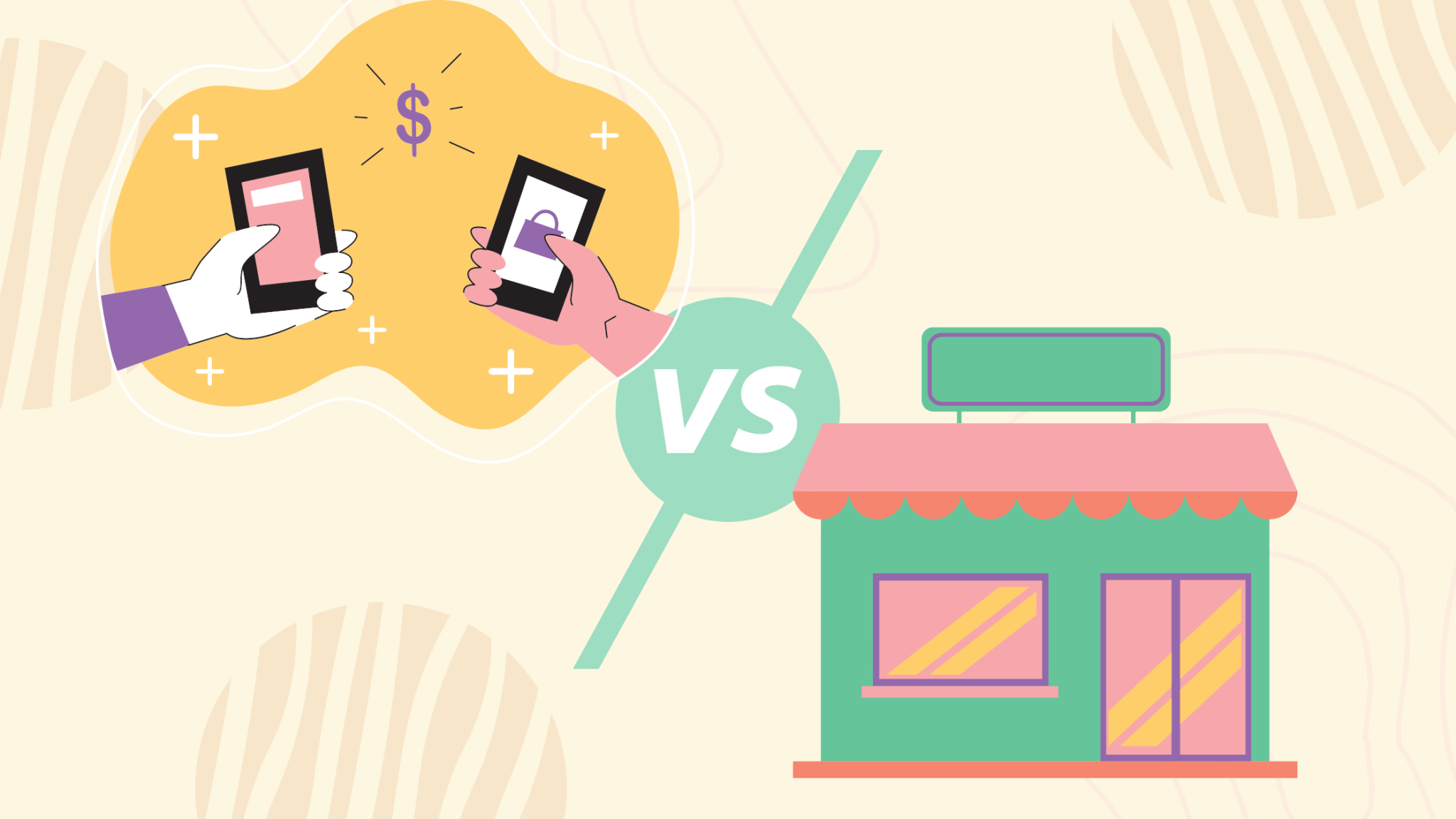To state the obvious, commerce is changing.
In 2020, over two billion people purchased goods or services online. Just five years ago, that number would have been unfathomable. More and more people are shopping online, and the trend isn’t slowing down any time soon.
This rapidly changing commercial landscape raises a lot of questions. How can we adapt to more online sales? Is traditional retail dead? Should we be worried or excited about the new online tools?
Quantum Lifecycle Marketing talked to Amy Calhoun Robb, Vice President of Marketing at Hero Cosmetics for our ongoing webinar series on ecommerce marketing to get more insights into the future of commerce. She is a marketing leader with over 20 years of experience. From launching Tommy Hilfiger’s first website in the ‘90s to helping Hero Cosmetics grow its business online and on the shelves of Target and more, Amy is an expert in leading brands into the future.
To kick off our conversation, we went right to the heart and asked what she thinks about digital versus in-person shopping. Is retail dead?
“A lot of people are saying that DTC is where it’s at and retail is dying and everything is moving to ecomm,” says Amy. “I don’t think it could be further from the truth. The reality is that you need both.”
The key question for marketers, according to Amy, is “how do you get online and in-person sales to lead into each other?”
Making Online and In-Person Work Together
Amy believes you need two things to drive sales. The first is to create mental availability—people need to know you’re there. Next, you need physical availability—the product needs to be where the person is so they can buy it.
Online marketing is key to creating mental availability, says Amy. Hero spends a significant portion of its marketing bandwidth on online content, which is pushed on social media and through influencers. These efforts do lead to DTC purchases.
“But there is a second impact of [online marketing],” says Amy. “It’s really helping to build mental availability because you see us everywhere … and then you’re in a Target … and we’re there!”
The result is a combination of mental and physical availability. “That’s really how you scale a brand,” says Amy.
Amy points to some prime examples to drive the argument home. Brands like Warby Parker, Casper, Quip and Harry’s are all known as huge online brands. But it was their appearance in major retail stores that really launched their brands into the stratosphere.
Creating DTC and Retail Synergy
We asked Amy to share some advice on how brands can make online and retail work together and, to no surprise, she delivered.
Her first piece of advice was to pay attention to packaging. It’s important to create packaging that is appealing online and in-person. That means thinking about primary and secondary packaging and what stories you can tell on a box or a bottle.

She also provided a gem of advice regarding digital tools like QR codes. “You need to make sure you are providing real utility to the end-user and not just using a QR code just to use a QR code,” says Amy. At Hero, they are experimenting with QR codes on their packaging that send people to landing pages to help users get the most out of the product. They are also testing out QR codes on samples to encourage people to make a purchase.
This intersection of online and in-person sales does bring up an interesting question. Should brands push people to purchase online instead of in stores (or vice versa)?”
“I want you to purchase the product where you are most comfortable,” says Amy. If customers see Hero at Target and go online and make a purchase, that’s great, but that isn’t their intention. “What we want to do is provide people with the information they need at the moment to make them more comfortable with the purchase.”
“That’s why omnichannel is so important,” continues Amy, “we’re going to be where you want to be.” Whether that means Amazon, on their own website, or at the mall—it’s irrelevant. The end goal is to make it easy for the consumer.
So while many marketers are laser-focused on a digital future, Amy thinks that is a mistake. “Don’t forget about retail,” urges Amy. “You need both.”
Interested in attending future webinars with ecommerce experts? Sign up now to receive updates.
